
Effective Strategies Used by Other States to Fight Aquatic Invasive Species
By: Allison Stefanelli - Adirondack Council Clarence Petty Legislative Intern and Charlotte Staats - Adirondack Council Conservation Assistant
Friday, June 4, 2021
The Adirondack Park is home to more than 3,000 lakes, 8,000 ponds, and over 30,000 miles of rivers and streams. Healthy water in the Adirondacks is essential to residents and visitors of the Park and the people and economy of the entire state. The introduction and spread of aquatic invasive species (AIS) to water in the Adirondacks threatens biodiversity, clean water, and jobs. Boat stewards around the Park, including the Adirondack Watershed Institute and the Lake Champlain Alliance, are working hand in hand to protect Adirondack ecosystems. Utilization of the existing and effective governance structure and associated funds through the Environmental Protection Fund in the New York state budget are the tools needed to stop the spread of aquatic invasive species.
Today, 17 states have the statutory authority (state agencies granted authority by approved legislation) to inspect watercraft for aquatic invasive species contamination, and 14 states possess statutory authority to decontaminate watercrafts. These states display proactive and money-saving measures to stop AIS spread, while lessons learned in New York show that it is difficult and expensive to control and often impossible to eradicate invasive species populations once established in a waterbody.
We Can and Need to do Better in the Adirondack Park
We have an opportunity to better protect Adirondack waters with no additional cost by closing a legal loophole in the current aquatic invasive species transport law. The current law tells the public to take “reasonable precautions” when launching into a waterbody, while observations show that the majority of trailered vessels do not stop at inspection stations. The law must be strengthened to authorize the Department of Environmental Conservation to conduct aquatic invasive species inspections, decontaminations, and tagging on boats entering public waters in the Adirondack Park. Tags allow personnel to confirm an inspection and/or decontamination was completed before the watercraft is launched.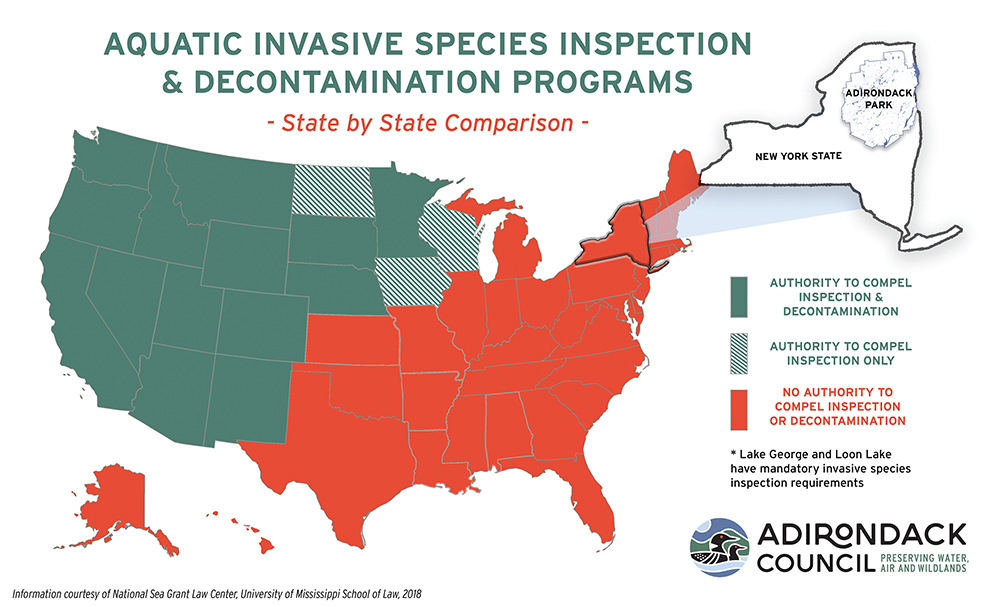
Learning From Other States
In 2014, the National Sea Grant Law Center (NSGLC) and the Association of Fish and Wildlife Agencies released model legislative provisions that outline a legal framework for the authorization of new watercraft inspection and decontamination (WID) programs, and offer guidance for states with existing WID programs in inter-state cooperation. Along with the model legislation, a companion report (updated in 2018) summarizes and compares WID programs in the 19 states that have such programs. Colorado, Washington, and Wyoming are three states whose aquatic invasive species laws and implemented regulations include a majority of the model legal framework developed by the National Sea Grant Law Center. The Adirondack Council took a closer look to better understand why these three states’ programs are successful in preventing and managing the spread of aquatic invasive species.
Colorado
Colorado’s aquatic invasive species law begins with a declaration of the “devastating economic, environmental, and social impacts of aquatic nuisance species on the aquatic resources and water infrastructure of the state.” The law recognizes that boats pose a threat as a vector for the introduction and spread of aquatic invasive species.
Under the AIS law, the Colorado Department of Parks and Wildlife (CPW) has the authority to establish, operate, and maintain check stations to prevent, control, contain, monitor, and manage aquatic invasive species. A certification process for private inspectors and/or decontaminators allows private businesses to inspect and decontaminate boats at the request of boaters. In addition to certified private businesses, there are 72 state run WID stations throughout the state. A boat must be inspected if it has been launched or purchased outside of Colorado, is being launched, or leaving a waterbody with an inspection station on-site, or by request of certified personnel. A watercraft must be decontaminated when aquatic invasive species are found or suspected on the boat if it is coming from infested waters.
Prior to launching into Colorado’s waterbodies, owners and operators of motorboats and sailboats must purchase an Aquatic Nuisance Species stamp and keep it as proof of purchase. Information regarding the stamp and boater responsibility is easily accessible on the CPW’s website with links to bordering states’ AIS laws.
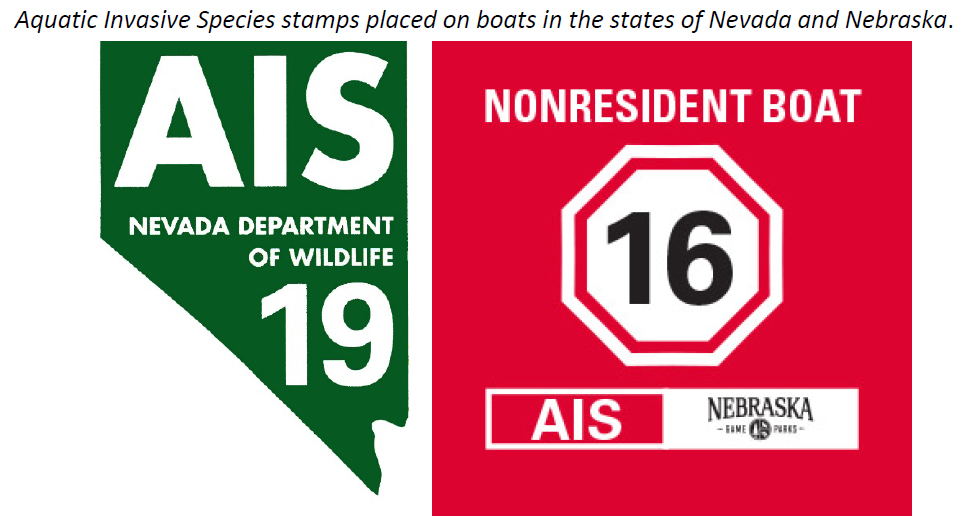
As part of the aquatic invasive species legislation, the CPW submits a State Aquatic Nuisance Species (ANS) Program Summary to the Colorado legislature every year to outline successes of the program. In 2019, the program recorded 481,543 inspections and 22,947 decontaminations. Since 2008, there have been 4.9 million inspections and 119,814 decontaminations completed. The CPW works alongside state-operated WID stations, as well as the National Park Service, counties, local municipalities, private businesses, marinas, clubs, and private lakes to accomplish these statewide efforts. Colorado has been successful in stopping the spread of zebra and quagga mussels. There has never been an adult zebra or quagga mussel found in Colorado waters.
Washington
Washington’s law highlights the threat aquatic invasive species pose to the state’s environmental and economic resources and the importance of preventing infestations and protecting human safety. The Washington Invasive Species Council was established by the legislature to provide direction, planning, and coordination in statewide invasive species management. Aquatic invasive species detections can be cited by individuals who have downloaded an AIS reporting and notification app. Also, the Washington Department of Fish and Wildlife (WDFW) website has a hotline and FAQ page available for boaters with questions.
Similar to the NYS DEC, the WDFW is given the authority to classify and list AIS. However, the WDFW has additional authority to implement management actions when an infestation is detected; to stop, detain, and inspect watercraft; order and perform decontaminations, and partner with others to manage AIS.
When an aquatic watercraft (including seaplanes) enters Washington by road, air, or water, the person in possession of said watercraft is required to have a certificate of inspection and a permit. After entering Washington, there are voluntary and mandatory WID stations statewide. Boaters are recommended to remove all visible aquatic vegetation from watercraft (“clean”), drain all water (“drain”), and “dry” all equipment that has entered or will be entering state waters. The AIS law grants WDFW the authority to establish mandatory inspection stations to check for aquatic invasive species and ensure that boaters are practicing clean and drain requirements. Decontamination stations can be part of or separate from inspection stations. A decontamination can be ordered by a WDFW officer if AIS are found on the watercraft, and a boat can be stopped from launching until a decontamination is completed and certified. New York State has similar infrastructure and staff to accomplish this exact type of AIS prevention system.
According to the 2019-2020 Washington Invasive Species Council biennial report, staff inspected more than 32,000 boats, with one-third of boats coming from known AIS-infested waters in other states. Altogether, 825 boats were intercepted and decontaminated because invasive mussels, aquatic plants, or standing water were present on the vessels.
Wyoming
Wyoming’s aquatic invasive species law and implemented regulations are the strongest statutory provisions in the country based on the core authorities in the model legal framework provided by the National Sea Grant Law Center. When entering or leaving a waterbody from March through November, operators must clean, drain, and dry all equipment thoroughly. All watercraft using Wyoming waters are required to display an Aquatic Invasive Species decal.
The Wyoming Game and Fish Department has the authority to identify waters and locations affected by aquatic invasive species and enter into agreements to facilitate cooperation or address management issues. The Game and Fish Department is also authorized to establish, operate, and maintain AIS check stations to stop, detain, inspect, and decontaminate watercraft.
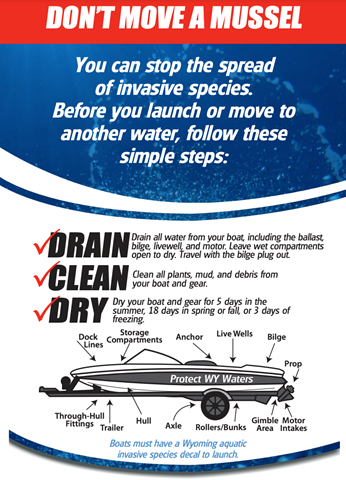
There are 19 certified inspection locations in Wyoming, 14 of which are permanent check stations at the port of entry, rest areas, and other border locations to intercept watercraft entering the state. A total of 52,131 watercraft inspections were conducted over 228 days in 2019, resulting in 42,796 individual boaters being contacted at all check stations and 529 watercraft required decontaminations.
Overall, people’s experiences with inspection stations have been positive. According to the 2019 Wyoming Aquatic Invasive Species Program Summary, “the overall experience by boaters at watercraft check stations was positive with 96.1% indicating they were either very satisfied (86.1%) or satisfied (11.0%). Satisfaction with the timeliness of inspections was also high, with 97.3% of boaters very satisfied (88.1%) or satisfied (9.2%) with the amount of time required for inspection. The majority of respondents (67.3%) waited less than five minutes for an inspection, with four responses indicating a wait time over 30 minutes. Lastly, boaters rated the professionalism of inspectors high, with 97.1% of boaters very satisfied (87.7%) or satisfied (9.4%).
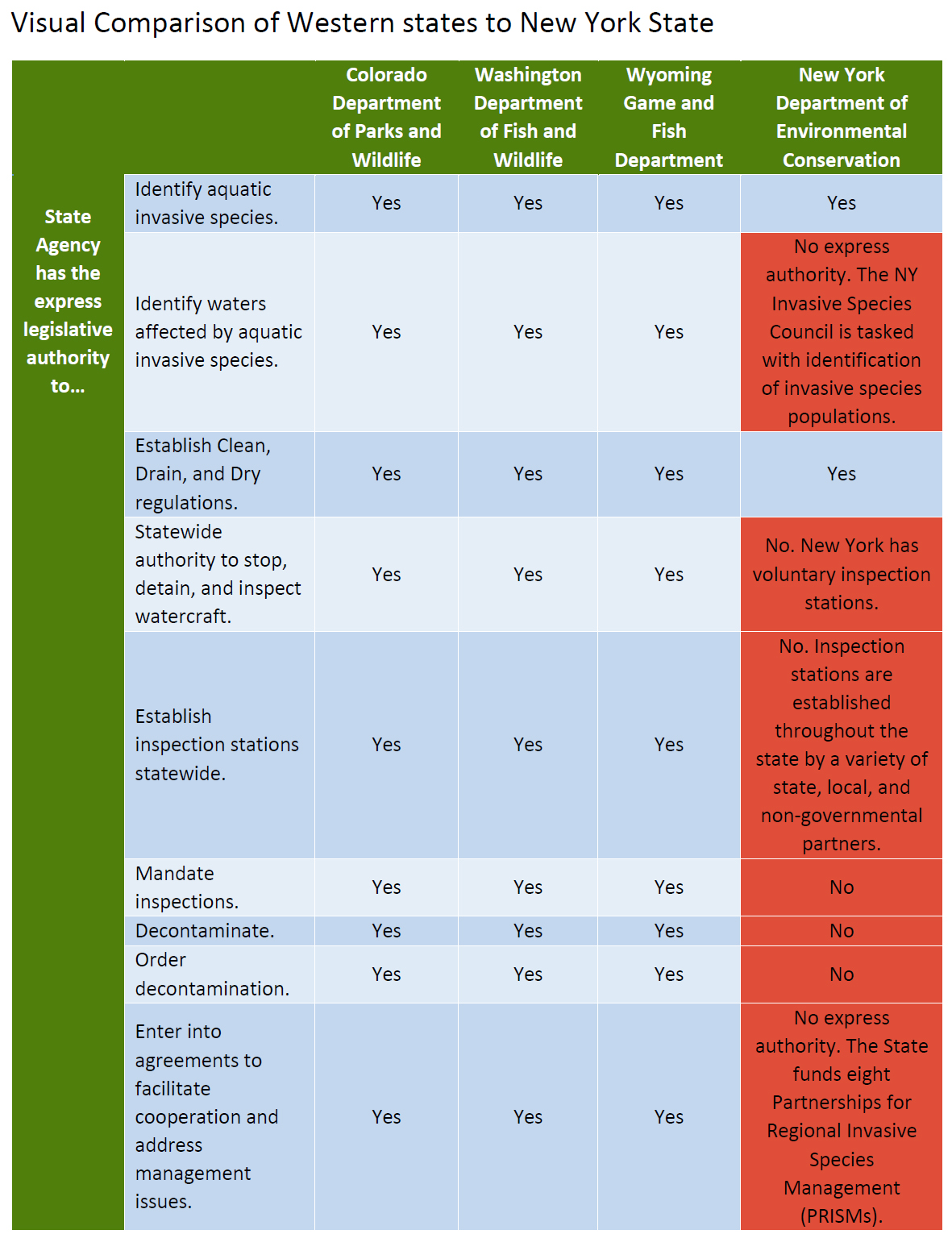
Protect Healthy Waters & Tourism Jobs
Empowering state agencies to inspect and decontaminate watercraft is a successful strategy in preventing the spread of aquatic invasive species. Amending the New York state law to grant the DEC authority to compel boat inspections and decontaminations of watercraft in the Adirondack Park will make use of existing funding and infrastructure when inspection stations are staffed. The authority granted to the DEC will bolster the effectiveness of the currently underutilized AIS inspection stations already established in the Adirondack Park. The DEC will have flexibility and discretion to work with local governments, lake associations, and non-profits to ensure that the system works well for all areas of the Park. As the states of Colorado, Washington, and Wyoming show, WID stations managed by the state agencies result in high compliance at WID stations, low number of new AIS infestations, positive public experience, and ecologically intact waters. Strengthening the efficacy of the AIS inspection system in NYS will protect our waterbodies, fisheries, recreation, tourism, jobs, and property value across the Adirondack Park.
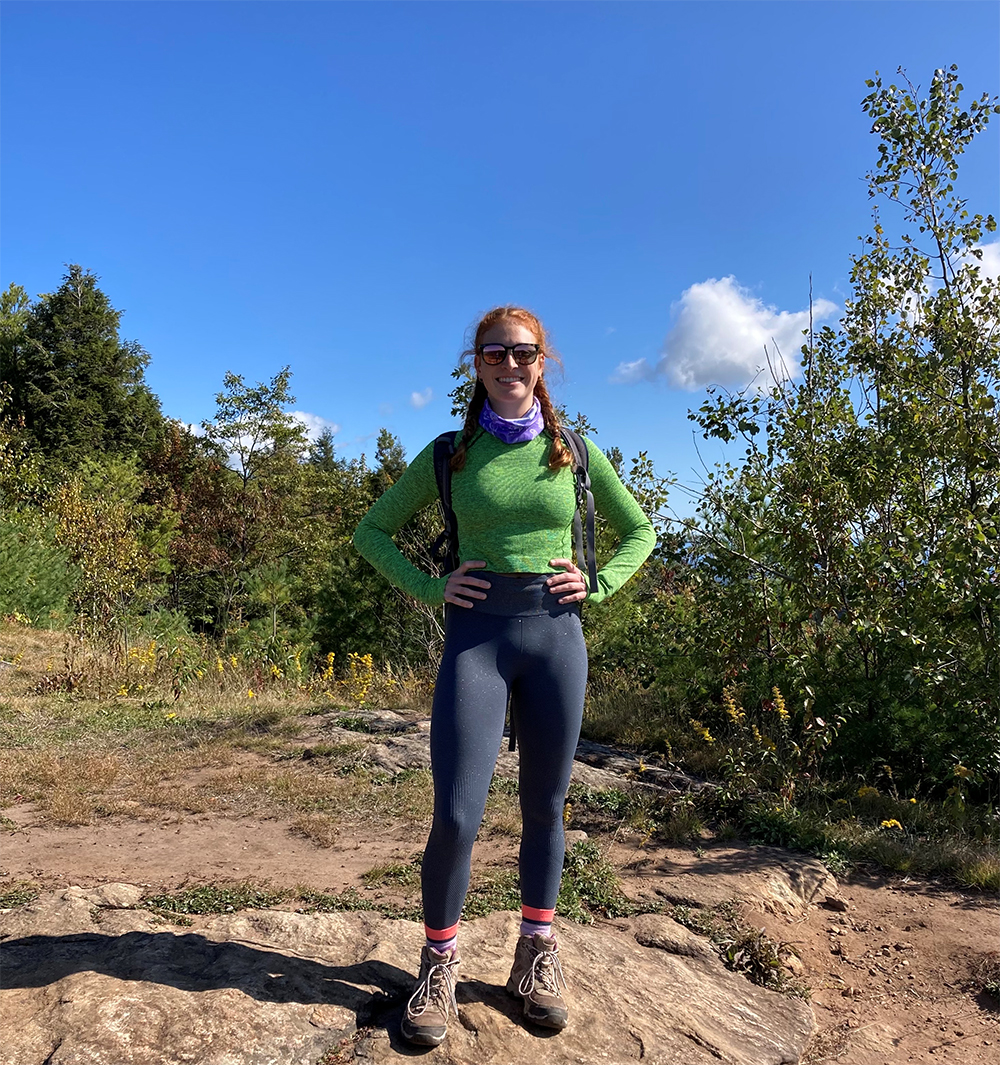
Allison Stefanelli is the Adirondack Council Clarence Petty Legislative Intern working with the Government Relations and Communications teams in Albany, helping to advance the Council’s advocacy programs. Her duties include tracking legislation that pertains to the Adirondack Park and encompasses the Adirondack Council’s mission. Allison grew up in Albany, NY, and spent countless weeks of her childhood hiking mountains in the Park and learning how to fish, canoe, sail, shoot a rifle, build a campfire, and appreciate the great outdoors. Allison studied wildlife and conservation biology at the University of New Hampshire. During this time, she gained experience through a Summer Undergraduate Research Fellowship identifying population abundance and occupancy by trapping small mammals in a captive breeding pen for the endangered New England cottontails.
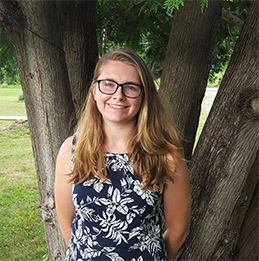
Charlotte Staats joined the Adirondack Council as the Executive and Program Assistant in April 2020 and transitioned to the Conservation Assistant position in January 2021. She is responsible for providing programmatic support, review, analysis, and research of significant conservation and environmental policy issues that the Adirondack Council engages on. Charlotte grew up in Westport along Lake Champlain and spent five seasons working for the Adirondack Mountain Club's professional trail crew. Beyond going outside to enjoy the natural world whenever she can, Charlotte also loves to watercolor, dance to live music, cook, and spend time with her family and friends.




